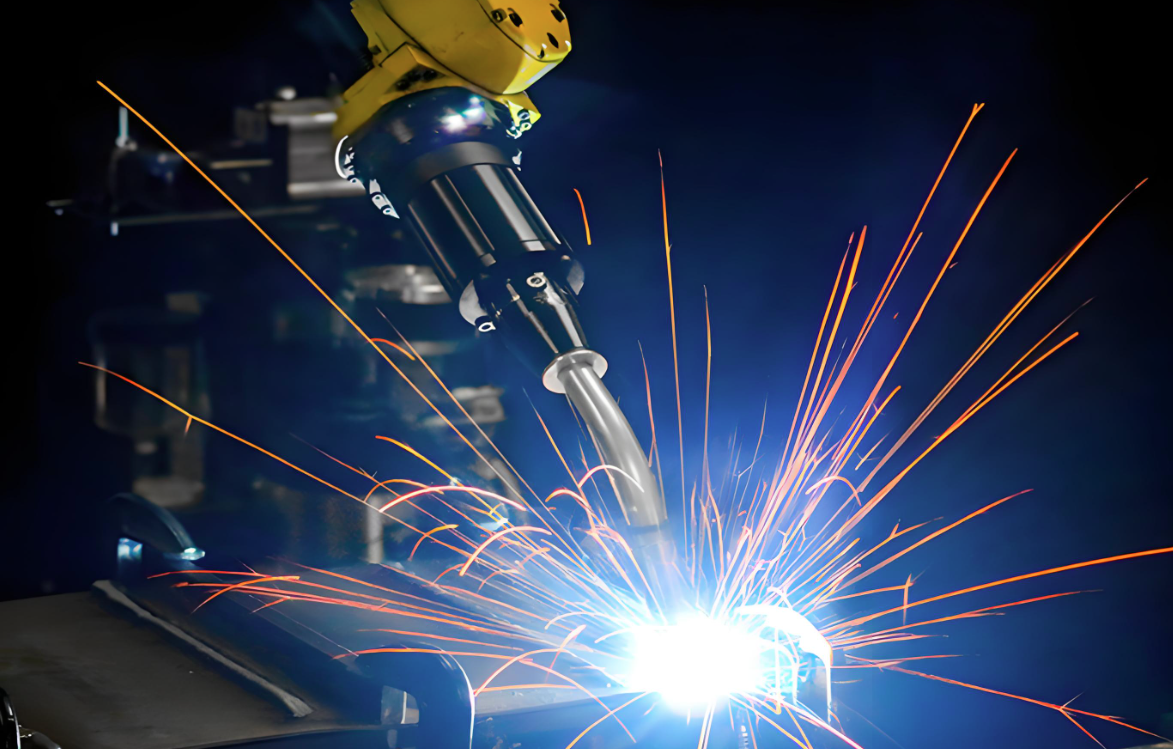The choice between casting and welding depends on factors like design complexity, material properties, cost, and production requirements. Here’s why casting might be preferred over welding:
- Complex Geometries & Design Flexibility
- Casting allows intricate, single-piece designs with internal cavities, thin walls, or organic shapes that would be difficult or impossible with welding.
- Welding requires assembling multiple parts, which can be labor-intensive and may weaken the structure at joints.
- Material Consistency & Performance
- Cast parts have uniform microstructure since they solidify from a liquid state, avoiding the heat-affected zones (HAZ) and residual stresses common in welding.
- Welding can introduce brittleness, distortion, or cracks, especially in high-carbon or alloy steels.
- Production Efficiency for Large Quantities
- Casting is cost-effective for mass production (e.g., automotive engine blocks) since molds can be reused.
- Welding is better for custom, low-volume fabrication or repairs.
- Strength & Fatigue Resistance
- Cast parts (especially ductile iron or investment castings) can have better fatigue resistance than welded joints, which are potential weak points under cyclic loads.
- Welded structures may require post-weld heat treatment (PWHT) to relieve stresses.
- Reduced Post-Processing
- Castings often require minimal machining if designed well, whereas welded assemblies may need grinding, straightening, or stress relief.
When Welding is Better:
- Large, simple structures (e.g., steel beams, pipelines).
- Repairs or modifications to existing parts.
- Dissimilar material joining (e.g., welding steel to stainless steel).
Choose casting for complex, high-volume, high-integrity parts, and welding for custom fabrication, repairs, or large assemblies. The decision depends on cost, design needs, and material properties.

